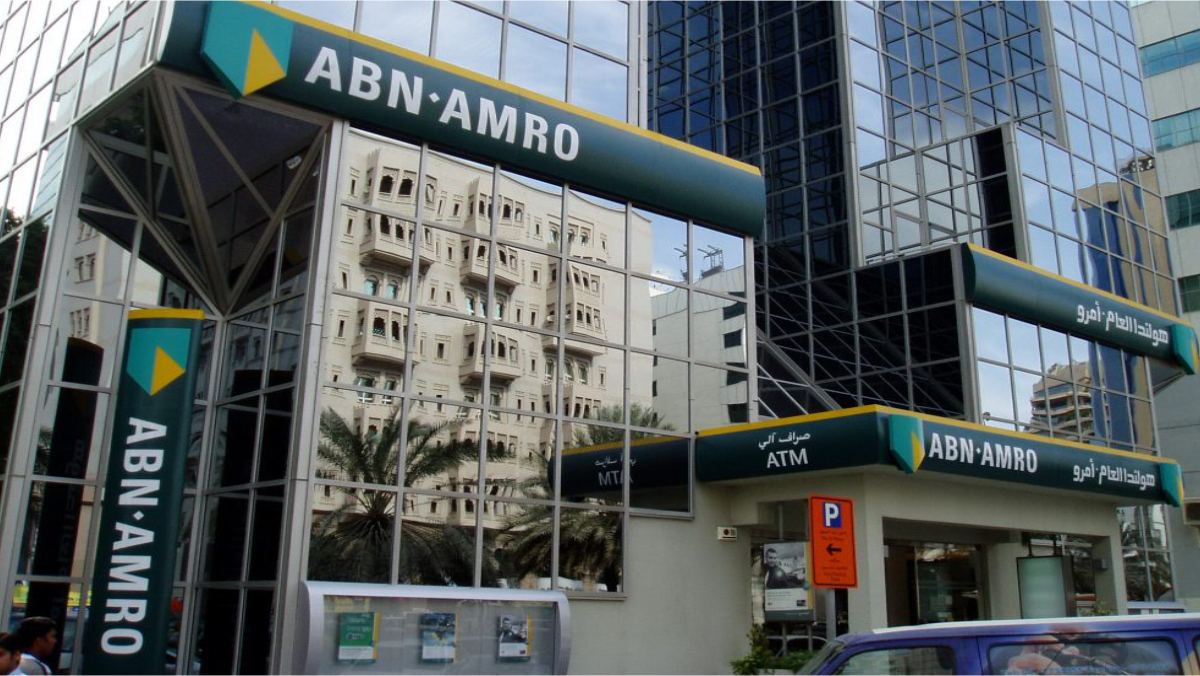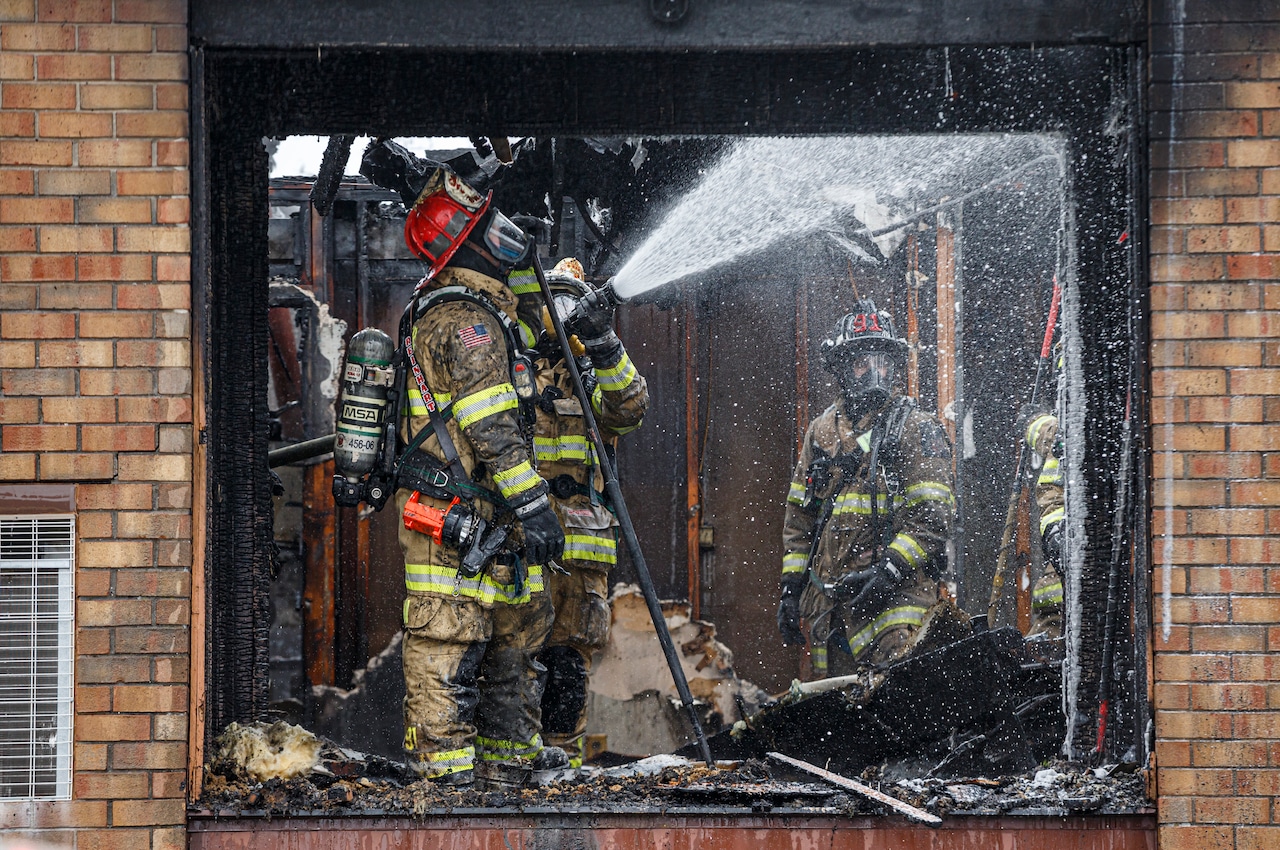Gas Prices Surge: Nearly 20 Cent Per Gallon Increase

Table of Contents
Understanding the 20-Cent Increase: Causes and Contributing Factors
The nearly 20-cent-per-gallon increase in gas prices isn't a single event; it's a confluence of factors impacting the global and domestic fuel markets. Let's break down the key contributors:
Crude Oil Prices: The Foundation of Fuel Costs
The price of crude oil is the most significant factor influencing gasoline prices. Global crude oil prices and domestic gas prices are intrinsically linked. When crude oil prices rise, so do gas prices, and vice versa. Several events can significantly impact crude oil costs:
- Geopolitical Instability: Conflicts in oil-producing regions, such as the ongoing war in Ukraine, create uncertainty in the global supply chain, leading to price spikes. Sanctions on major oil exporters can further restrict supply.
- OPEC Decisions: The Organization of the Petroleum Exporting Countries (OPEC) significantly influences global oil production. Decisions regarding production quotas directly impact the availability of crude oil, affecting prices. Recent OPEC decisions to curb production have contributed to the current price surge.
- Refinery Outages: Unexpected shutdowns or planned maintenance at refineries can reduce the amount of gasoline processed, leading to tighter supply and higher prices. A major refinery outage in the Midwest, for example, can ripple across regional gas prices.
- Oil Benchmarks: The price of crude oil is tracked through benchmarks like Brent Crude (global benchmark) and West Texas Intermediate (WTI, US benchmark). Significant increases in these benchmarks directly translate to higher gas prices at the pump. The recent surge in both Brent and WTI has been a key driver of the 20-cent increase.
Seasonal Demand: Summer Travel and the Price Pump
Summer is peak driving season. Increased travel for vacations and other activities leads to a surge in gasoline demand. This higher demand, coupled with a relatively static supply, pushes prices upward.
- Supply and Demand Dynamics: Basic economics dictates that when demand exceeds supply, prices rise. The summer months represent a classic example of this principle in the gasoline market.
- Increased Consumption Data: Data from the Energy Information Administration (EIA) consistently shows a significant jump in gasoline consumption during the peak summer travel months, directly correlating with price increases.
Refining Capacity and Supply Chain Issues: Bottlenecks in the System
Limitations in refining capacity and disruptions to the supply chain can further exacerbate price increases.
- Refinery Maintenance: Scheduled maintenance at refineries, while necessary, can temporarily reduce output, affecting gasoline availability.
- Unexpected Shutdowns: Unforeseen events, such as equipment failures or natural disasters, can lead to unplanned refinery shutdowns, causing significant supply disruptions.
- Transportation and Logistics: Efficient transportation of crude oil and refined gasoline is crucial. Any bottlenecks in this process, from pipeline issues to trucking shortages, can impact supply and drive up prices.
Impact on Consumers and the Economy
The nearly 20-cent-per-gallon increase in gas prices has a significant ripple effect across the economy and on consumers' wallets.
Increased Transportation Costs: A Broad Impact
Rising gas prices directly impact transportation costs, affecting various sectors:
- Commuting Costs: Higher fuel prices increase the cost of commuting for individuals, impacting household budgets.
- Shipping and Logistics: Businesses face increased costs for transporting goods, which can lead to higher prices for consumers.
- Inflationary Pressures: Increased transportation costs contribute to broader inflationary pressures, affecting the overall cost of goods and services.
- Disproportionate Impact on Low-Income Households: Higher gas prices disproportionately affect low-income households, who spend a larger portion of their income on transportation.
Changes in Consumer Behavior: Adapting to Higher Prices
Consumers are already adapting to the higher gas prices through various behavioral shifts:
- Reduced Driving: Many people are reducing unnecessary trips or carpooling to save money.
- Public Transportation: Increased reliance on public transportation is observed in areas with available options.
- Shifting Spending Priorities: Consumers may cut back on other expenses to offset the increased fuel costs.
Looking Ahead: Predictions and Strategies for Coping with Higher Gas Prices
Predicting the future trajectory of gas prices is challenging, but understanding potential scenarios is important.
Future Price Projections: Uncertain Times
Experts offer varying projections, depending on several factors:
- Geopolitical Stability: A return to stability in oil-producing regions could ease price pressures.
- Economic Growth: Strong economic growth typically increases demand for gasoline, potentially driving prices higher.
- Renewable Energy Transition: The ongoing transition to renewable energy sources may influence long-term fuel demand and prices.
Strategies for Saving Money on Gas: Taking Control
Despite fluctuating prices, there are steps you can take to minimize the impact:
- Fuel-Efficient Driving: Maintain a consistent speed, avoid aggressive acceleration and braking, and properly inflate your tires.
- Regular Vehicle Maintenance: Keep your car well-maintained to optimize fuel efficiency.
- Gas Price Comparison: Use apps or websites to find the cheapest gas in your area.
- Fuel Reward Programs: Utilize loyalty programs and credit card rewards to save on fuel purchases.
- Alternative Transportation: Consider biking, walking, carpooling, or public transportation when feasible.
Conclusion
The recent nearly 20-cent-per-gallon increase in gas prices is a significant concern for consumers and the economy. Understanding the contributing factors—from global crude oil prices and seasonal demand to refining capacity and supply chain issues—is crucial. While the impact on consumers is undeniable, there are strategies to mitigate the effects of these higher fuel costs. By being informed and adopting fuel-saving habits, you can better manage your expenses during this period of rising gas prices. Stay updated on gas price fluctuations and implement these strategies to navigate the current situation effectively. Remember to regularly check for updates on gas price surges to make informed decisions and find ways to lessen the impact of high gas prices.

Featured Posts
-
 Nato I Ukraina Poslednie Peregovory I Kommentariy Evrokomissara
May 22, 2025
Nato I Ukraina Poslednie Peregovory I Kommentariy Evrokomissara
May 22, 2025 -
 Siren Review Beachy Thrills And Stellar Performances
May 22, 2025
Siren Review Beachy Thrills And Stellar Performances
May 22, 2025 -
 Abn Amro Bonus Practices Under Scrutiny By Dutch Regulator
May 22, 2025
Abn Amro Bonus Practices Under Scrutiny By Dutch Regulator
May 22, 2025 -
 Siren Julianne Moore Meghann Fahy And Milly Alcock Lead Netflixs Dark Comedy
May 22, 2025
Siren Julianne Moore Meghann Fahy And Milly Alcock Lead Netflixs Dark Comedy
May 22, 2025 -
 Dauphin County Apartment Fire Overnight Blaze Leaves Residents Displaced
May 22, 2025
Dauphin County Apartment Fire Overnight Blaze Leaves Residents Displaced
May 22, 2025
